Next in our blog series on the new UNESCO World Heritage Sites added to the conservation list during the 43rd session of the World Heritage Committee in July 2019, we focus on the natural and cultural landmarks singled out in Asia for their Outstanding Universal Value to humanity. Why not take a trip to one of these locations on your next vacation?
Migratory Bird Sanctuaries along the Coast of Yellow Sea/Bohai Gulf, China
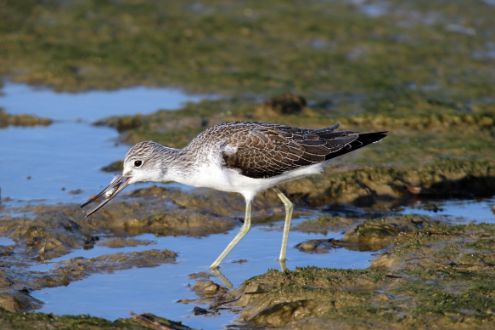
Image Credit: Michele Lamberti
Bird-watchers and nature-lovers would certainly enjoy a visit to the intertidal areas of the Yellow Sea/Bohai Gulf area in China; this area is of global importance for many migratory bird species that use the East Asian-Australasian flyway.
Some of the world’s most endangered species - including the critically endangered Spoon-billed Sandpiper and Nordmann’s Greenshank - stop on this coastline to moult, rest, winter, or nest, thanks to the highly productive and biodiverse mudflats and marshes. The site supports 680 species of vertebrates, including 416 bird species.
Ombilin Coal Mining Heritage of Sawahlunto, Indonesia
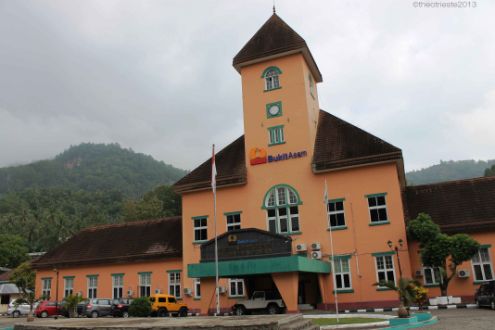
Image Credit: Theo trieste
This industrial site was developed by Dutch colonial settlers from the late 19th to the early 20th century and comprises a mining site, company town, port storage facilities and a railway network; a fully integrated system for the production of high-quality coal in Sumatra. In recent years, Sahwahlunto has been made a tourist city and nearly 30% of its income came from this industry in 2014.
Sahwahlunto can be found 2 hours’ drive from the capital of West Sumatra, Padang, and it is situated in a narrow valley along the Bukit Barisan mountains, which form a row along the west side of the island. There are 35 active volcanoes in the region, which are covered in dense jungle.
Mozu-Furuichi Kofun Group: Mounded Tombs of Ancient Japan, Japan
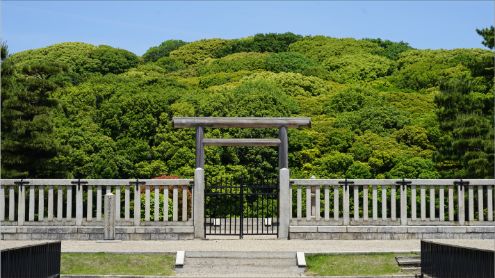
Image Credit: Jean-Pierre Dalbéra
When visiting Osaka, the second largest metropolitan area in Japan and a major financial centre, there is plenty to see and do for all tastes and interests: Osaka Castle Park includes beautiful Japanese plum blossom and cherry blossom gardens; the Umeda Sky Building offers a 360 degree panoramic view of the city from its bridged rooftop “Floating Garden” observatory; Universal Studios Japan is hours of fun for all the family; Shitennō-ji is the oldest Buddhist temple in the country dating from 593 CE, and Sumiyoshi taisha is one of the oldest Shinto shrines from 211 CE. And that’s not to mention the numerous entertainment and shopping districts - which include the Den Den Town electronics and anime district, the Namba and Shinsaibashi districts which cater for the 24/7 lifestyle, and the Doyama area which is considered a hub for the LGBT community - nor the easy-to-reach day trip locations of Kyoto, which is just 15 minutes away with the Shinkasen, and Hiroshima.
Outside Osaka can also be found 49 kofun, “old mounds”, which have been inscribed on the UNESCO list. These burial mounds, which demonstrate differences in social classes from the 3rd to 6th century CE, can take the form of key holes, scallops, squares, or circles. They contained a range of funerary objects, were decorated with clay haniwa figures to represent houses, tools, weapons, and humans, and were the burial places of the elite and ruling classes.
Megalithic Jar Sites in Xiengkhouang - Plain of Jars, Lao People’s Democratic Republic
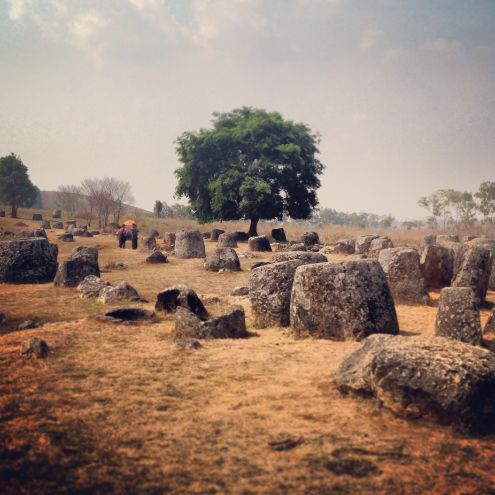
Image Credit: James Antrobus
The Plain of Jars, located in central Laos, gets its name from more than 2100 tubular-shaped megalithic stone jars used for Iron Age funerary practices between 500 BCE and 500 CE. The jars are the most prominent evidence of the Iron Age civilisation, and the site contains these as well as tombstones, quarries, and funerary objects.
Local legends are more exciting, however: they tell of a race of giants who inhabited an area and were ruled by a king, who fought a long and victorious battle and created the jars to brew and store large amounts of alcohol to celebrate his victory. Another reason for the jars is to collect rainwater for travellers; those passing would add beads to them as offerings and pray for rain.
French Austral Lands and Seas, in the southern Indian Ocean, France

Image Credit: Dimitri Damasceno
This UNESCO listing brings more great news for birds! The French Austral lands and seas include the largest of the emerged islands in the southern Indian Ocean. This oasis in the sub-Antarctic, including the Crozet Archipelago, the Kerguelen Islands, Saint-Paul and Amsterdam Islands, supports one of the highest concentrations of birds and marine mammals in the world, most notably the largest population of King Penguins and Yellow-nosed albatrosses anywhere. So far away from human activity, the islands showcase biological evolution and are excellent for scientific research.
Bagan, Myanmar
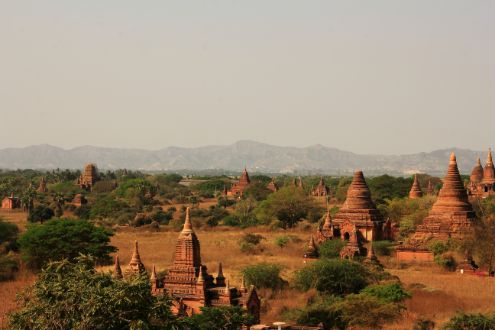
Image Credit: Marcela Tokatjian
Bagan, on the bend of the Ayeyarwady River in Myanmar, is a sacred landscape featuring Buddhist art and architecture. The site contains numerous temples, monasteries, places of pilgrimage, archeological remains, frescoes, and sculptures, dating from the peak of the Bagan civilisation in the 11th to 13th centuries CE and demonstrating the religious devotion of the period.
The site really is one of the world’s greatest, rivalling Machu Picchu, but at present without the visitor numbers. The Ananda Pahto is the biggest draw, as well as Shwesandaw, which visitors climb to watch the sunset. It’s possible (and even recommended) to take a bike, taxi, horse and cart, or even a hot air balloon to get a little further away from the tourist trail.
To make a longer holiday in the area, be sure to include Mount Popa, a sacred mountain, and Salay, an active religious centre with colonial-era buildings just 22 miles from Bagan.
Title Image Credit: Marcela Tokatjian (Image Cropped)